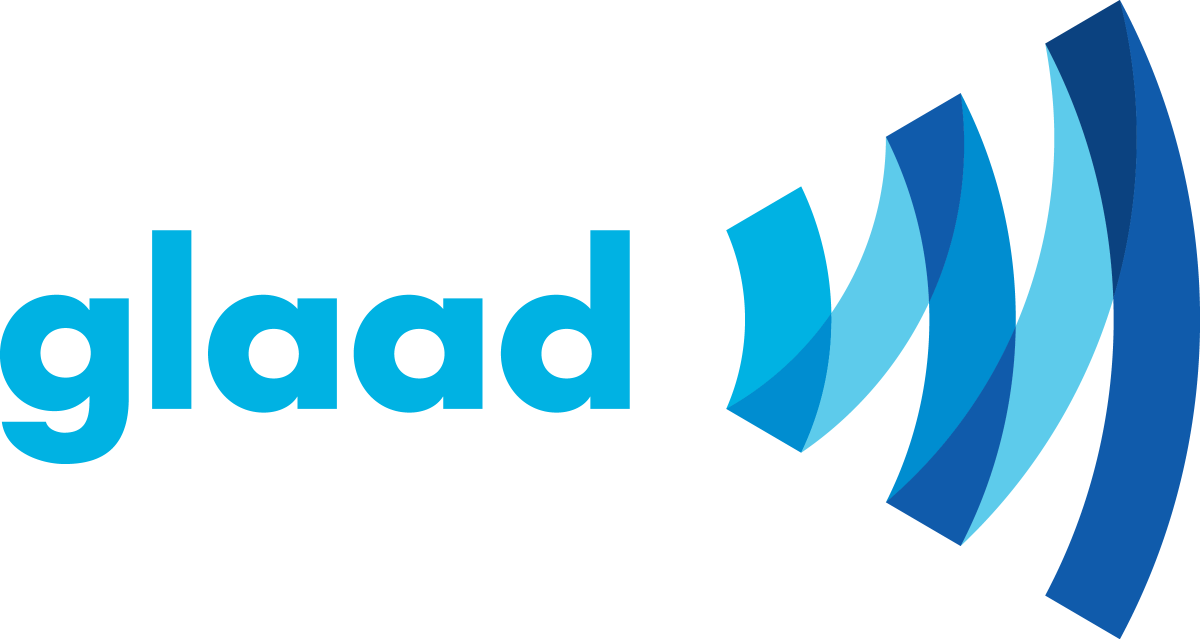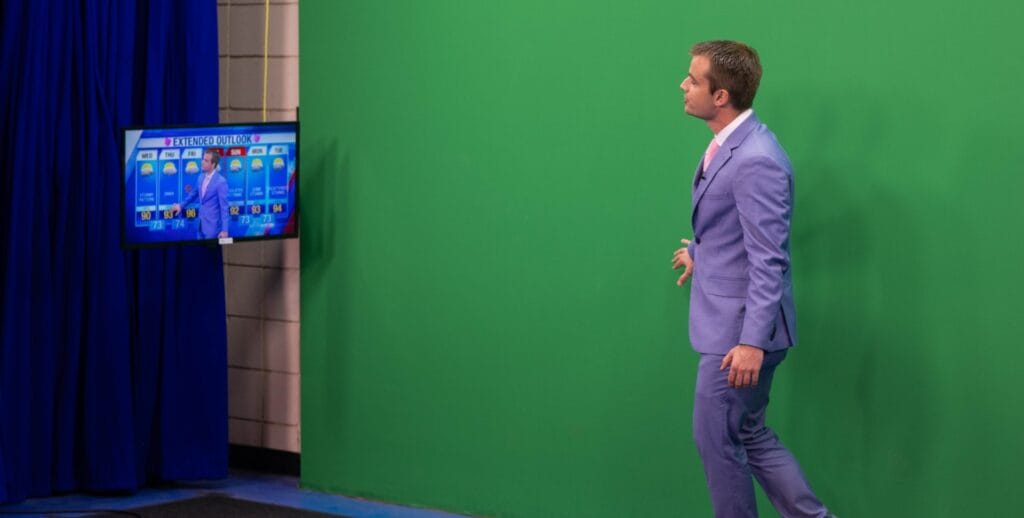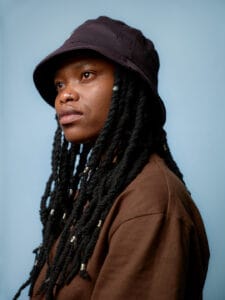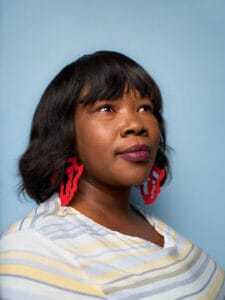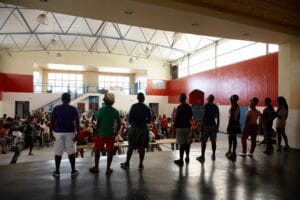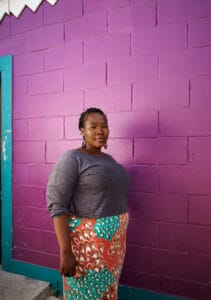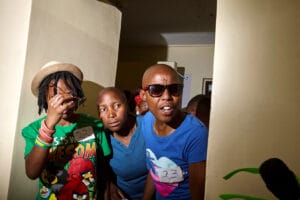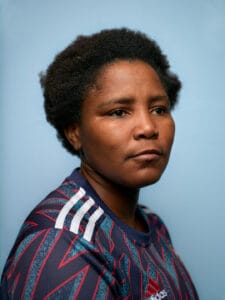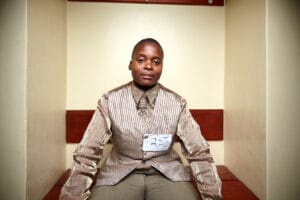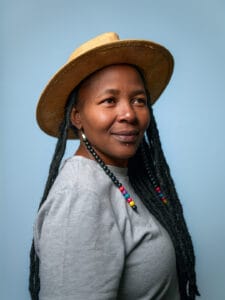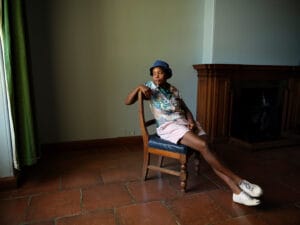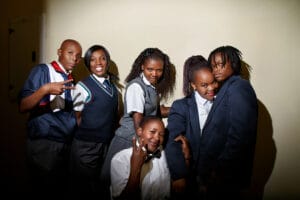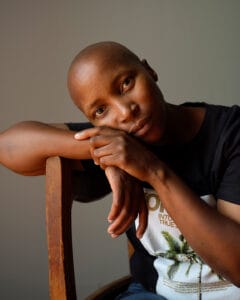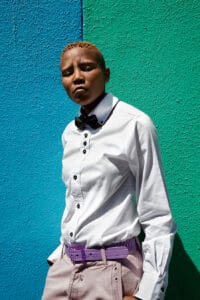In the second part of GLAAD’s Q& A with Dothan, Alabama, meteorologist Bryan Boggiano, Bryan turns the camera on his own story as a person with autism who is also LGBTQ, who also shows up on the air every day as his full authentic self. He’s delivering information and inspiration for others who are different like him. And that inspiration, he says, continues to grow, as he’s clocked across social media including Queerty, The Bald and the Beautiful, Instinct Magazine, and GLAAD. All opinions are his own.
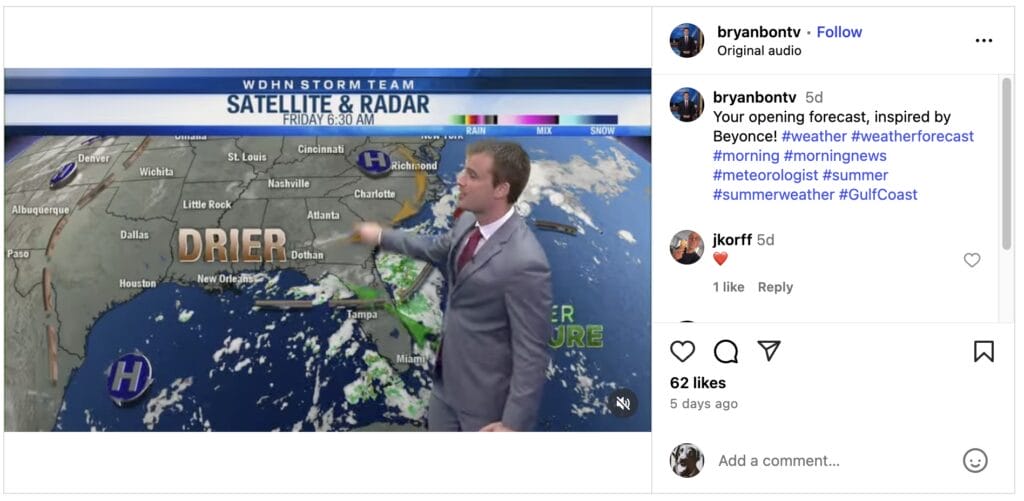
What have you learned about your dual identities, about autism and LGBTQ?
Autism and LGBTQ Intersection
Between 3 million and 5 million LGBTQ people have a disability, according to the Movement Advancement Project. GLAAD says these intersecting identities create unique challenges. At the same time, one in 31 children in the USA are on the autism spectrum, according to the CDC. Some studies, including Weir et al. (2021), hint at higher rates of nonheterosexual and noncisgender identities in the autism community, but this is still an emerging area of research.
According to the Association for Autism and Neurodiversity (AANE), who was also interviewed, reasons can include a natural resistance to certain social norms and examining identity through a reflective rather than a conditioned lens. It is also possible that people with autism are more likely to be open about their sexual orientations and gender identities. Acknowledging and respecting this intersection, AANE says, is vital.
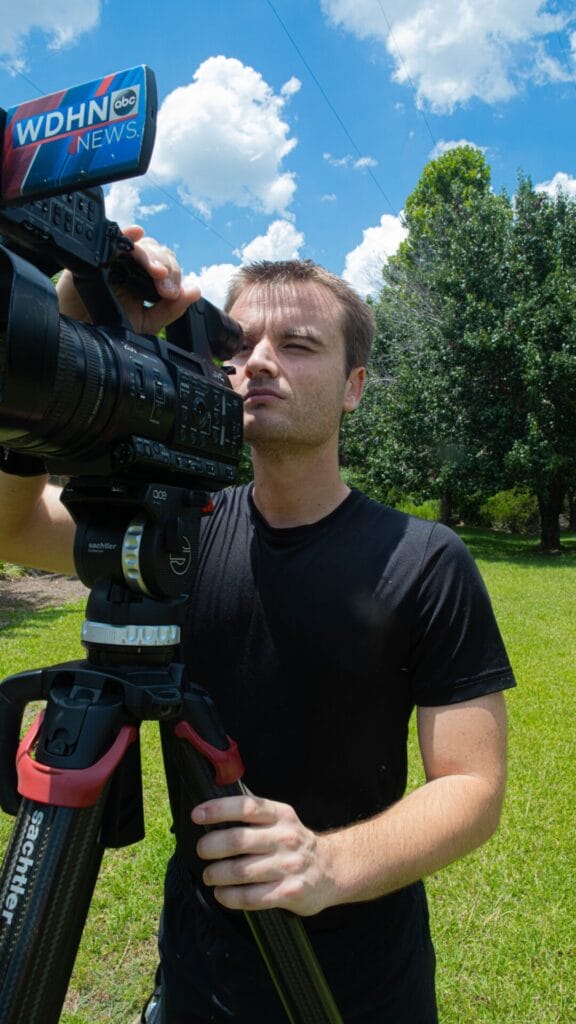
The challenges and barriers people in both communities face, AANE says, are multifaceted. In childhood, caretakers and care providers could be dismissive of gender-diverse expression and view it through the lens of autism and not its own identity expression.
At a younger age, several studies also urge the need for quality and inclusive healthcare and assistance in general, especially as more girls and people of color get diagnosed. Still, boys are diagnosed four times more, while white children have a lower prevalence of ASD than Black, Latinx and AAPI children, according to Shaw et al. (2025). This prevalence in diagnoses stands in stark contrast to trends seen as recently as ten or 15 years ago. Maenner et al. (2023) says this is important to consider, as girls and people of color on the spectrum may be more likely to have a co-occurring intellectual disability than their white male counterparts. The studies also highlight the need for inclusive healthcare, educational and employment settings, since people’s experiences, needs, expressions, etc. vary on the basis of race, ethnicity and culture.
In adolescence, youth could face bullying or isolation. They could also face gatekeeping from caretakers and healthcare providers who do not have the expertise or training on the intersection of autism and LGBTQ identities, which can continue into adulthood. Fragmented care and trauma can occur. People on the spectrum may also feel the need to have to validate their identities constantly, since others may view those on the spectrum as too literal, rigid or socially unaware to understand gender or sexuality. This makes autistic LGBTQ people more likely to avoid certain healthcare and social settings, according to AANE.
Additional challenges include poverty and navigating spaces where accessibility is an issue, from employment to community and advocacy spaces, which can be due to ableism, transphobia, queerphobia, and assumptions on social “fitness,” AANE says.
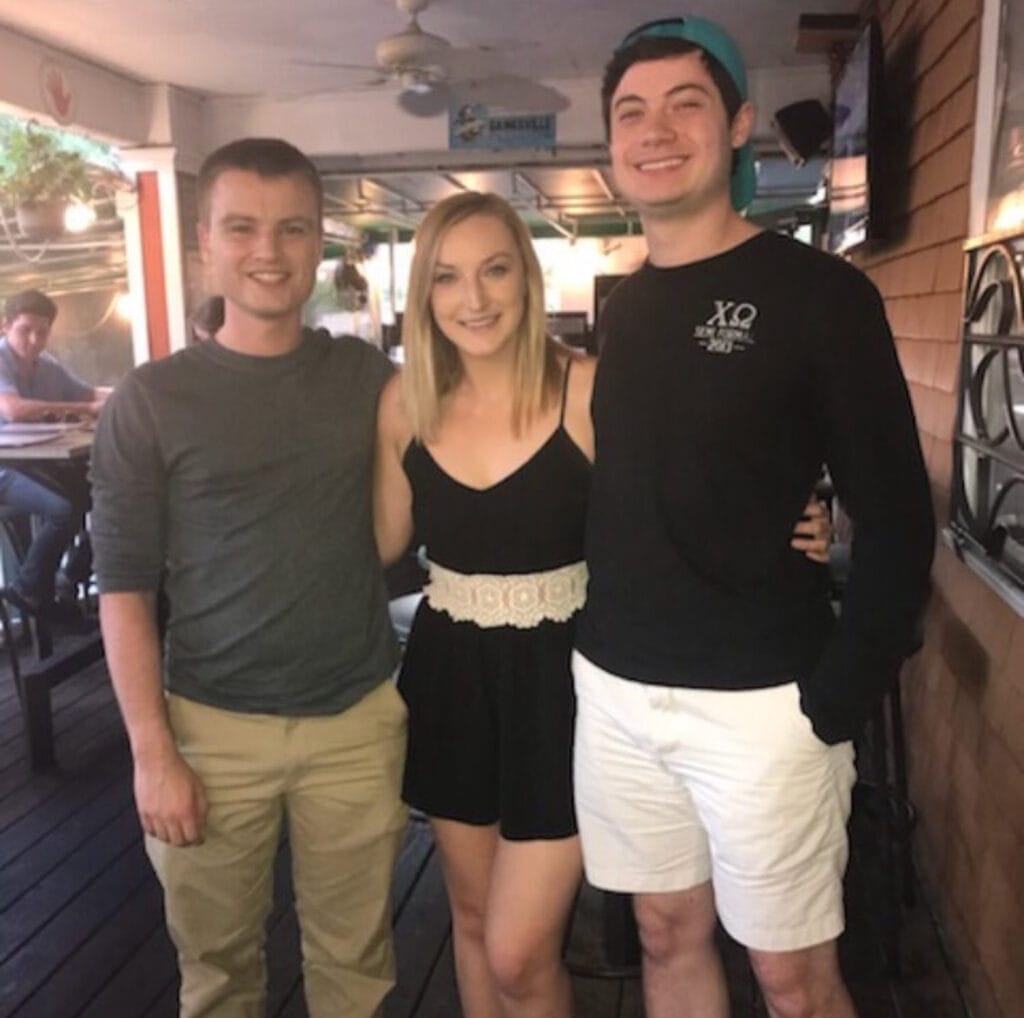
Even in LGBTQ spaces, people with autism may encounter barriers due to reliance on unspoken social norms/rules, rapid conversation dynamics, and performative expectations of queerness that can be alienating. These challenges can be heightened if somebody communicates nontraditionally, struggles with sensory sensitivities, or approaches social situations differently, which can lead to them being taken as awkward, disengaged, or rude. In disability services, staff could lack training on affirming gender identity or could prioritize behavioral compliance over autonomy and self expression. These challenges can lead to alienation, invalidation, dismissal, and adverse mental health outcomes, AANE says.
All of this put together, I know I have the power to inspire others. If I can inspire even one person, then I’m honored.
How has it been navigating your intersecting identities and appearing on TV every day?
It has been both an adventure and, at times, a challenge. Moving far away to start my career, in an area I did not know at all, was the biggest jump I made in life. I had to adapt quickly, and luckily, I did. I credit taking social risks, keeping a routine, and maintaining contact with my family. Previously, moving away to college was my biggest jump. But I was closer to home and I had a solid support system in Gainesville. Here, I had to build my own network.
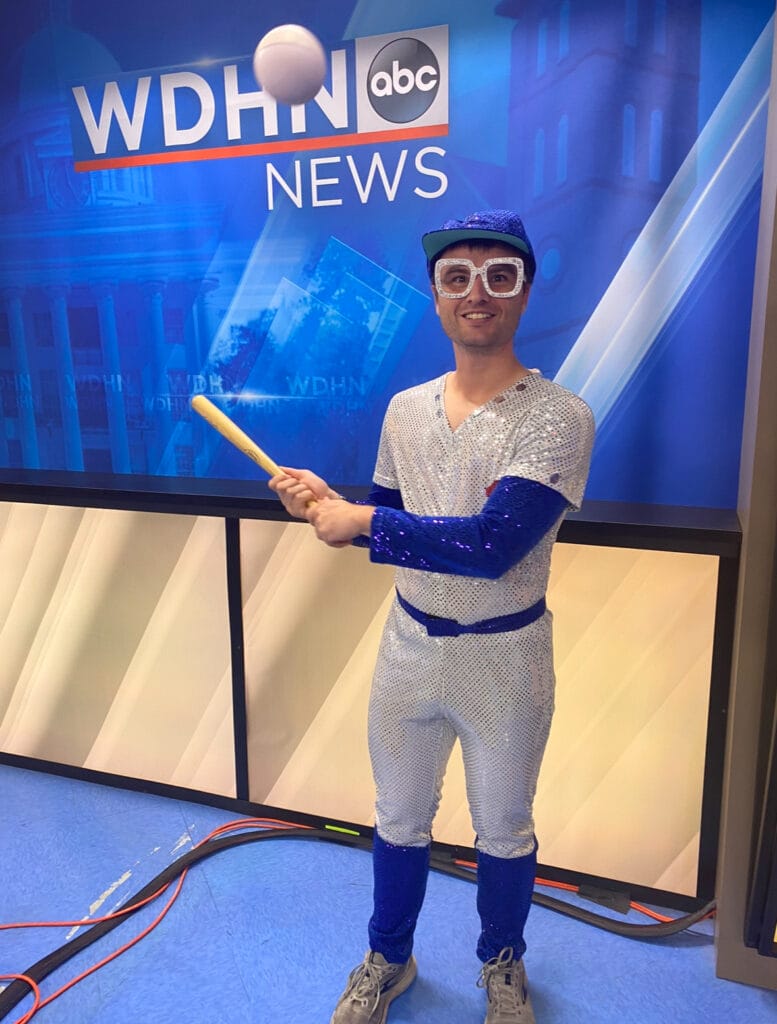
Knowing I am a role model to many, being on camera, and becoming a public figure can create some stress, but it’s also very rewarding. While I have made strides in speech and communication, there are times that I struggle with certain social-related nuances, as well as aspects of communication and sensory processing. Regardless, I know I have family and friends, a community of people, and a fanbase who support me and the work I do.
I do find myself engaging in “double masking” from time to time. This means in certain situations where I am unsure or don’t feel safe, I will “mask” certain verbal and nonverbal interactions to “hide” or minimize certain behaviors that could give away my disability status or sexuality at the wrong time. But, I notice myself doing this a little less with time as I gain confidence. With autism, I experience some social anxiety, but I have made significant improvements. While I was originally worried about being in a new environment with my predicament, once I acknowledged and opened up about my bisexual/queer identity up here, I felt I was more at ease. I credit a woman I know from the gym for helping me navigate. She could tell I was different, and she told me when we first met, “You have something special. People will try to tear you down, but don’t let them.”
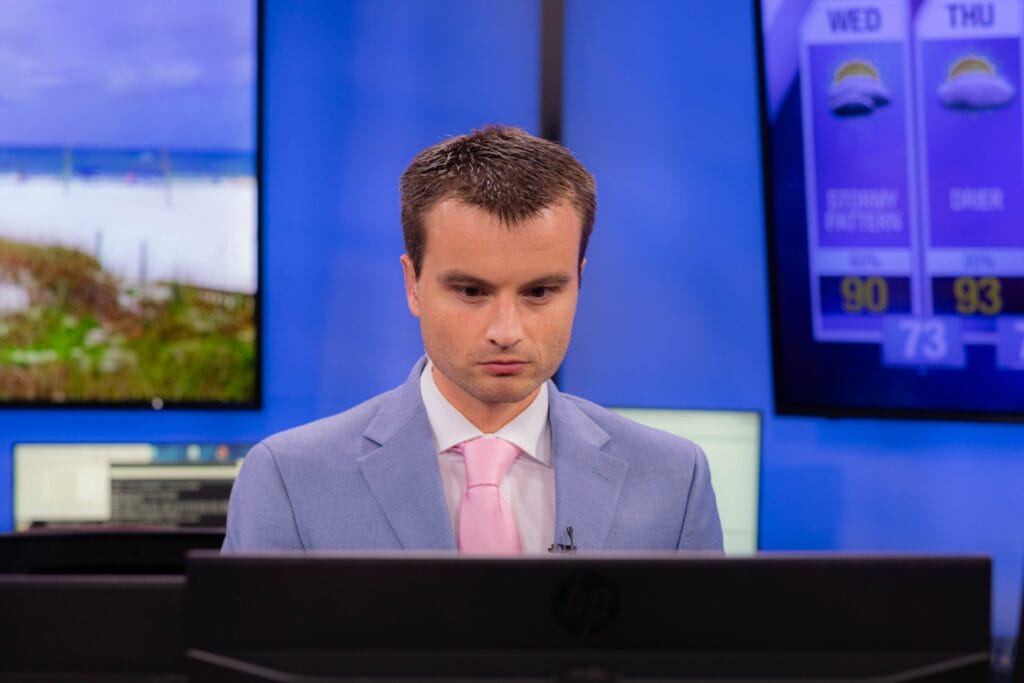
In college, that was something I could not see myself doing, being “out” with my job. I would never have imagined being in this situation ten or 15 years ago. Now, I just finished a “Pride Month Icons Challenge,” combining my love of music, weather and graphics production. Now, I continue to work to increase LGBTQ representation.
All things considered, I hope the younger me is proud of the progress I’ve made.
Have you felt supported by your station and colleagues being out in your professional environment?
I have definitely felt supported by my station and my colleagues. While I did not officially acknowledge my place in the LGBTQ community here until recently, I believe my identity was something that was acknowledged and accepted without me having to speak about it.
On the autism side of things, even though I seem “normal” to most people, there are still communication-related challenges that I encounter. My coworkers and station leadership have understood this, have worked with me, and continue to work with me on these so I can improve and be the best person I can be. They also make the environment sensory friendly. For example, there are “quiet rooms” in the station where anybody can decompress. Additionally, I have the luxury of doing my forecasts without shoes on. This reduces the tightness/compressed feelings I sometimes have.
Have you had any particularly meaningful fan interactions?
This is a different type of interaction. It involves the two people in my extended family closest to me: my Aunt Marilyn and my Uncle Tom, who have loved and accepted me through everything.
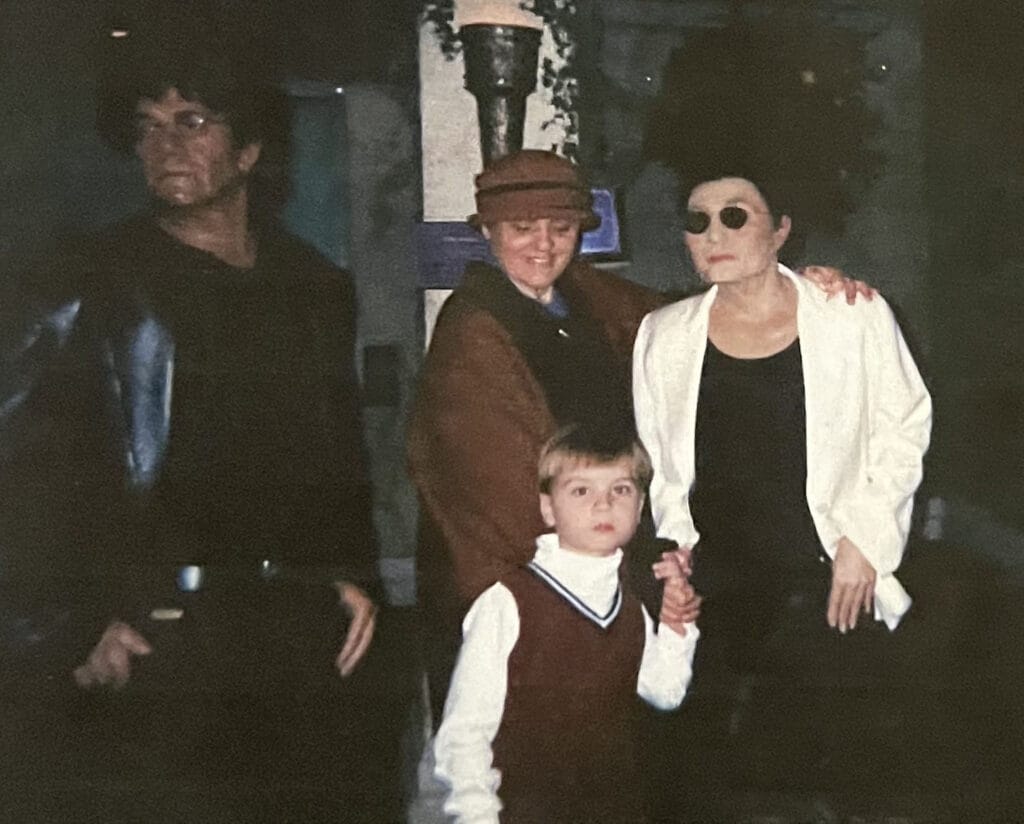
Even though they had no kids of their own, they always treated me and my sister like their own. My aunt spent several hours with me in my formative years helping me reach milestones, whether we visited them in New York or when they visited us in Florida. In fact, she was one of the first people who suspected that I was on the spectrum. She forwarded any research on autism she could find to my parents, and she spent hours doing that. She and my uncle took my sister and me anywhere we wanted to go whenever we visited them in New York. We also enjoyed trips with them in Florida and Italy. They celebrated every big milestone with us and helped us through some hard times. They also helped with my move to Dothan.
At that time, a lot was going on. My sister just found out she was pregnant. Finding out I’d be an uncle was the greatest gift in life, so far. I was thinking about how Aunt Marilyn would get to meet my nephew, Billy, who is now my youngest fan. She always wanted to meet the next generation of my family and give them the same love she always gave me and my sister. As a family, everything was coming together.
However, something else was going on. Aunt Marilyn was just diagnosed with cancer when I moved. The prognosis, however, was good, and we were all hopeful.
But, what you plan for doesn’t always happen. A few months later, Aunt Marilyn quickly and unexpectedly deteriorated, and she passed away shortly after. Earlier that year, I unexpectedly lost a cousin. My sister gave birth a few months after my aunt died. It would be a lot to bear for anybody. For me, it was very overwhelming to go through all of that so far from home.
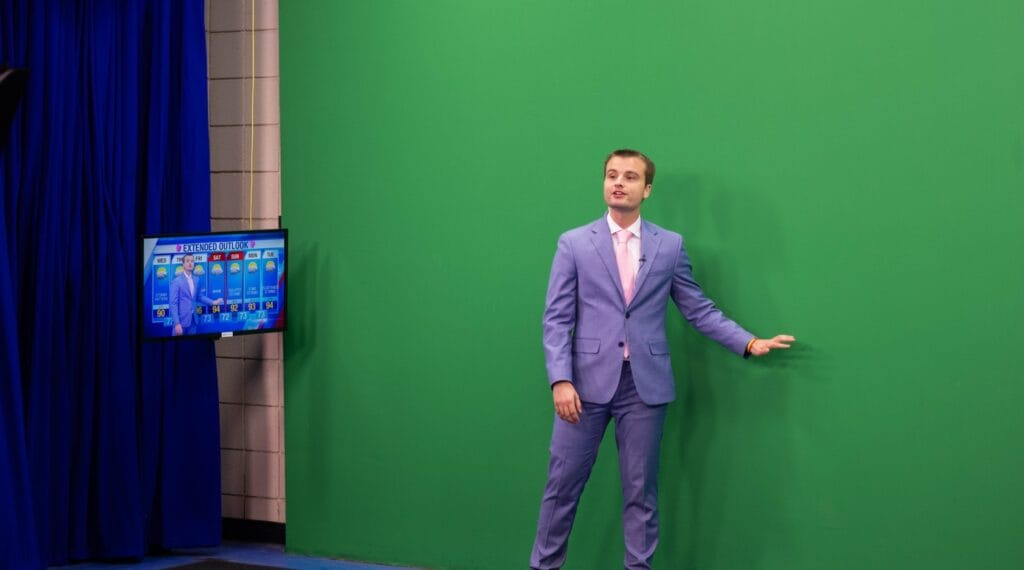
When I went to my aunt’s funeral, all of her friends and her neighbors knew me from my forecasts she showed them. Even as her health deteriorated, she still showed everyone my forecasts and told them about how proud she was of me. Even though I could not be there in person with her as she fought cancer, it gave me solace knowing I was there in spirit with her.
I knew I had to memorialize Aunt Marilyn. Now, I include two miniature purple flowers on my extended 7-day forecast scenes. Purple flowers were her favorite. In spirit, I have her support, and she is still there with me. I know, in some way, she is in all of my shows, and I love that I’m able to keep her legacy alive. It’s almost as if she’s there with me every step of the way as I’m living out my dreams, watching me grow, and giving me encouragement, even on the toughest days. I just hope she’s proud of the person I’ve continued to become.
What advice do you have for any LGBTQ people on the Autism spectrum?
You can never truly separate your intersecting identities. You should embrace them. No matter what you do, always be yourself and surround yourself with others who love and accept you for all of you, and who will advocate for you. I know it can feel difficult or embarrassing to reveal who you are, but it pays off in the end, and you’ll feel so much better.
Autism looks different for everyone. It is a spectrum. Everyone’s timeline, interests, challenges, successes, abilities, and experiences are different. Autism is something that should be understood, celebrated and uplifted. Regardless of how one is affected and to what extent, always show people on the spectrum love and acceptance. We all have feelings, and we all want to belong.
There will be well-intentioned people in your life who might make mistakes when they interact with you. Everybody makes mistakes. We might do or say something that is well intentioned, but it doesn’t come out right. We are all human, and we all can learn. Encourage those around you to educate themselves on the intersections of LGBTQ identities and autism and to use that knowledge in their lives.
Beyond the walls of my job, while I have found acceptance locally, I have also faced some adversity and a few detractors. In those moments, even though my sexuality was what was singled out, my disability interacted with my sexuality in ways that changed the dynamic of the bias and how it affected me. But, regardless of what happens in any situation, maintain yourself and don’t be afraid to advocate for yourself. Whether you’re nine, 29 or 99, you can’t give the detractors power. You can’t let them rise above you. You can’t let them win. Keep on being you, because that’s how YOU exert power, rise above them and win.
And to the youth, it gets better, but it gets better because of you. When I was growing up, I didn’t know what opportunities, if any, I’d have as a queer autistic man to have a good, meaningful life. There were times I lost all hope and wanted to give up. But I decided to keep on fighting, and I’m glad I did. From my experience, I can tell you the world is better because of you. Just like me, one day, you’ll look back and be proud of the progress you made.

I want to thank my family for always showing me unconditional love and being my biggest supporters through the years. I also want to thank my close friends, fans and supporters, and everybody else who helped me along the way. I want to thank my station leadership for giving me the platform I have and recognizing the importance of me telling my story. I want to thank the organizations and people who helped me with this profile and who took the time to discuss with me. None of my progress, platform, etc. would have been possible without all of these people.
